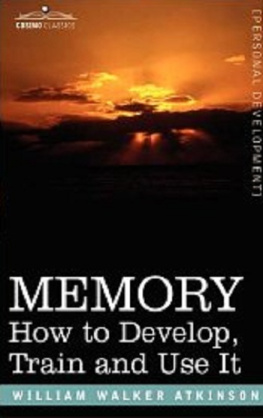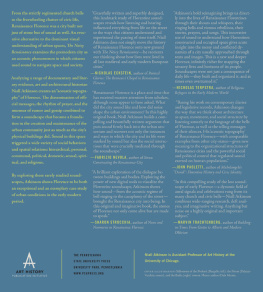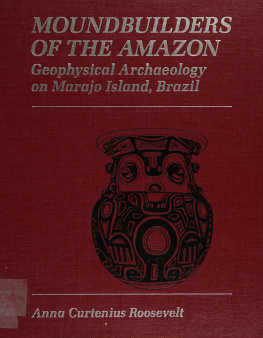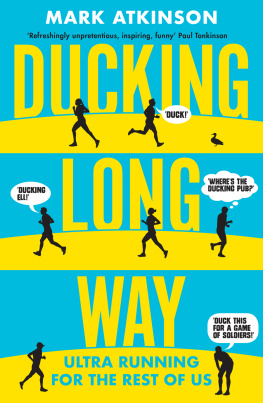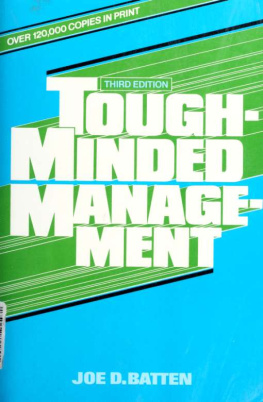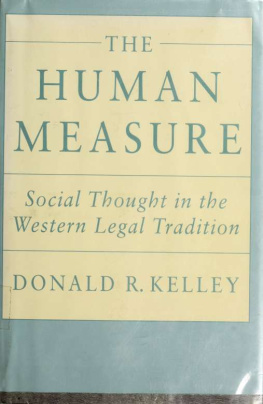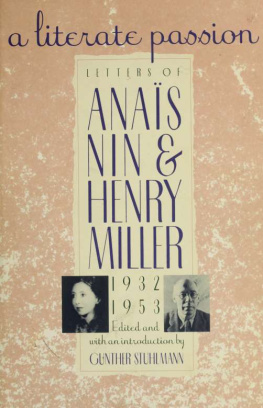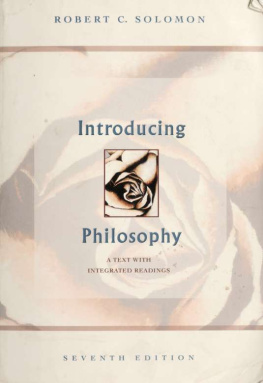Atkinson - The long gray line
Here you can read online Atkinson - The long gray line full text of the book (entire story) in english for free. Download pdf and epub, get meaning, cover and reviews about this ebook. year: 1991, publisher: Pocket Star Books, genre: Detective and thriller. Description of the work, (preface) as well as reviews are available. Best literature library LitArk.com created for fans of good reading and offers a wide selection of genres:
Romance novel
Science fiction
Adventure
Detective
Science
History
Home and family
Prose
Art
Politics
Computer
Non-fiction
Religion
Business
Children
Humor
Choose a favorite category and find really read worthwhile books. Enjoy immersion in the world of imagination, feel the emotions of the characters or learn something new for yourself, make an fascinating discovery.
- Book:The long gray line
- Author:
- Publisher:Pocket Star Books
- Genre:
- Year:1991
- Rating:5 / 5
- Favourites:Add to favourites
- Your mark:
- 100
- 1
- 2
- 3
- 4
- 5
The long gray line: summary, description and annotation
We offer to read an annotation, description, summary or preface (depends on what the author of the book "The long gray line" wrote himself). If you haven't found the necessary information about the book — write in the comments, we will try to find it.
The long gray line — read online for free the complete book (whole text) full work
Below is the text of the book, divided by pages. System saving the place of the last page read, allows you to conveniently read the book "The long gray line" online for free, without having to search again every time where you left off. Put a bookmark, and you can go to the page where you finished reading at any time.
Font size:
Interval:
Bookmark:

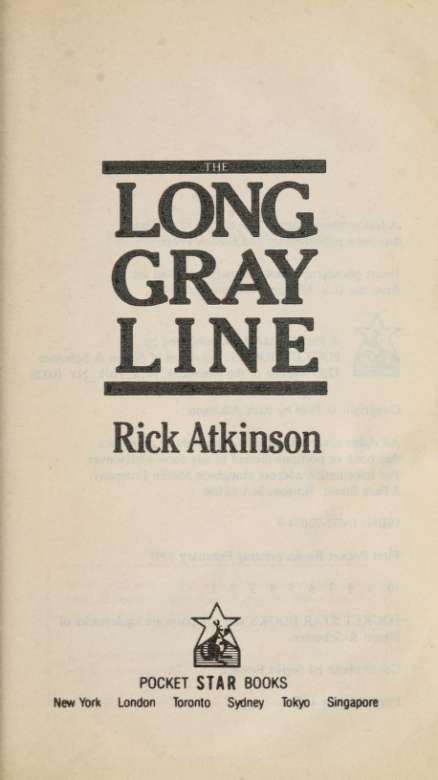
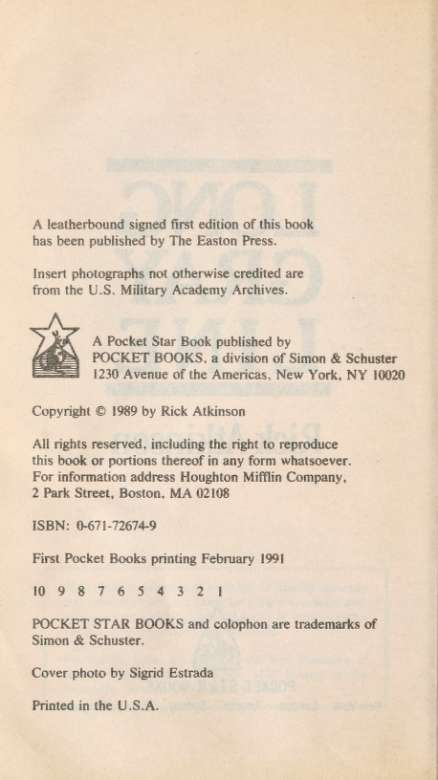
For Jane and Rush and Sarah
Digitized by the Internet Archive in 2010
http://www.archive.org/details/longgraylineOOatki
We few, we happy few, we band of brothers; For he today that sheds his blood with me Shall be my brother; be he ne'er so vile, This day shall gentle his condition.
Shakespeare, Henry V
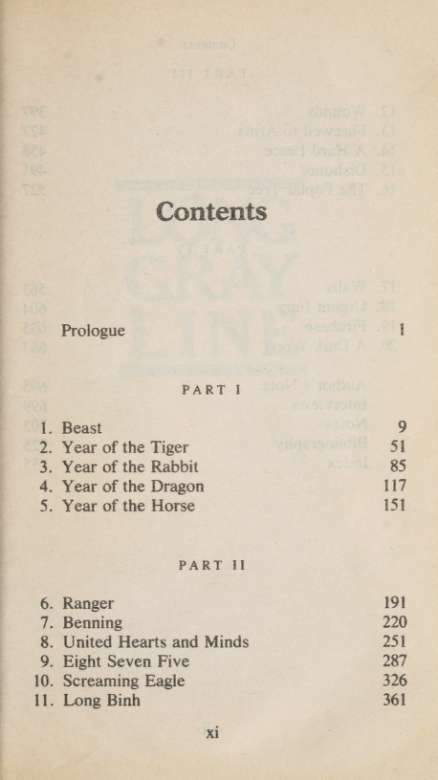
Contents
PART III
12. Wounds 397
13. Farewell to Arms 427
14. A Hard Peace 458
15. Dishonor 491
16. The Poplar Tree 527
PART IV
17. Walls
18. Urgent Fury 604
19. Firebase 535
20. A Dark Wood 667
Author's Note 695
Interviews 699
Notes 703
Bibliography 725
Index 735
Xll
LONG GRAY LINE
PROLOGUE
The National Cemetery at West Point is a place of uncommon tranquillity, screened from the martial hubbub of the Military Academy by privet hedges and stone walls. The tombstones run to the river bluff in parallel rows that hug the gentle contours of the churchyard. Far below, the Hudson rolls toward Manhattan, broken only by the winking oars of an eight-man shell scooting along the same shoreline traced nearly four hundred years earlier by Dutch sailors.
Visitors enter the cemetery past the old cadet chapel, built in 1836; a building of dark stone and incongruous white Ionic columns. The chapel's interior walls are covered with marble shields memorializing the rebel generals of the American Revolution. One plaque, nearly hidden from view in the choir loft, is inscribed only "Major General Born 1740"; it recalls Benedict Arnold, the one-time apothecary's apprentice whose perfidy in selling West Point's fortification plans to the British is repaid with this anonymity.
Cadets assigned to funeral duty frequently march through the cemetery in dress gray and tarbucket hats, arms swinging the prescribed nine inches forward and six inches back of vertical as they escort yet another old soldier to his grave. They pass the sarcophagus of Winfield Scott, Old
THE LONG GRAY LINE
Fuss and Feathers, who died, stout and gouty, in his room at the West Point Hotel in 1866. His epitaph celebrates him as "Warrior, Pacificator, and General in Chief of the Armies of the United States." A few paces farther stands a blunt obelisk marking the remains of George A. Custer, who graduated last in the class of 1861. "Lieutenant Colonel of the 7th Cavalry," the stone proclaims. "Killed with His Entire Command in the Battle of the Little Big Horn, June 25, 1876." Nearby stands a monument to Thomas E. Selfridge, a 1903 classmate of Douglas Mac Arthur's who, as the stone recalls, "gave up his life in the service of his country at Fort Myer, Virginia, September 17, 1908, in falling with the first government aeroplane." The pilot, an Ohio bicycle maker named Orville Wright, survived the crash.
Seasons fall heavily, unambiguously, on the cemetery. In winter, snow often covers all but the most ostentatious stones. Thrushes fill the budding dogwoods in springtime, and in summer the air thickens with fireflies. But it is autumn, with its blazing maples and hint of decay, that gives the churchyard a certain purity. "It might," as Shelley wrote of the Protestant Cemetery in Rome, "make one in love with death, to think that one should be buried in so sweet a place."
Section XXXIV in the northern quadrant is indistinguishable from the rest of the yard except for a long row of stones, numbered evenly beginning with 124 and chiseled with a common epitaph: class OF 1966. Most of the markers are government issuebone white, unadorned, and twenty-four inches tall. Partly shaded by a graceful mimosa tree, the graves form two rows, back to back like a mutual rearguard.
On a Saturday morning in mid October 1986, Section XXXIV was crowded with the quick and the dead. The living, three hundred strong who had returned to West Point for their twentieth reunion, gathered in a half moon around the graves. Some wore drab green uniforms with the silver oak leaf insignia of lieutenant colonels or the silver eagles of full colonels. Others stood muffled in civilian pullovers and jackets, shoulders hunched against the chill.
Prologue
Despite the bright sunlight filtering through a few mare's-tail clouds high overhead, a stiff north wind made the morning uncomfortably cool.
After the classmates had recited the Lord's Prayer and listened to a reading of Psalm 23, the academy chaplain moved to a microphone in front of the semicircle. Standing with a slight stoop, his Bible opened to Isaiah, he read in a strong, sure voice: "Hast thou not known? hast thou not heard?... They that wait upon the Lord shall renew their strength; they shall mount up with wings as eagles; they shall run, and not be weary; and they shall walk, and not faint."
Several classmates propped a wreath of chrysanthemums beside the graves as a bugler lifted the drear blare of taps. An honor guard tired three volleys, scattering a flock of blackbirds. The Army flag, a large banner of white and gold, was nearly obscured by the colorful battle ribbons lashed to the same staff. A hundred and sixty-eight of the streamers, including seventeen from Vietnam, knotted and unknotted in the breeze: Cold Harbor tangling with Ticon-deroga, Tippecanoe with Third Korean Winter, Chapultepec with Tet Counteroffensive.
"We stand here in the shadow of death," the chaplain continued at the microphone. "You hold in your hands a list of your classmates who have died. Look at them for a moment. Familiar names. There's one who was a roommate; that one was a teammate. That one was my friend. These were people who responded to a call. When the country asked them to take a task, they took it. They are people who followed through on their commitment.
"There comes a nagging question: Does our society somehow recognize their contribution? Does a self-indulgent society like ours somehow make their sacrifice worthwhile? Probably not. Yet it seems that the strong soldier, the superior soldier, is always the one willing to give his life. Any great leader in any society probably gives better than he gets. That's just a fact of life."
Some of the mourners traced the names on the stones with an index finger: McKibbin, Booth, Johnson, Fera, Brown, Wilson, Niskanen, Snell. The two rows of graves
THE LONG GRAY LINE
held most of the thirty men from '66 killed in Southeast Asia, the highest toll of any West Point class. Earlier, one survivor had scanned a twenty-year-old photograph that had been mounted for the reunion. "That's me," he said, pointing with the steel hook that served as his right hand. "The guy on my left is dead now; so is the guy on my right. The three of us didn't fare too well in Vietnam. I came out the best."
With a final amen, the cemetery service ended, the quick and the dead again partitioned. For the survivors, a homecoming football game and a reunion dinner were still to come. Off to one side an officer leaned against a maple sapling, hugging his wife and daughter as they all wept. "Even after all these years," said a classmate, turning to leave with a shake of the head, "it doesn't get any easier."
But this time it was easier. Easier than the fifth reunion, when the dead were still coming home from the war. Easier than the tenth, when they had gathered here beneath black umbrellas in a foul rain, everyone sobbing openly. Easier than the fifteenth, in 1981, when they had read the names of the dead, in unison.
Font size:
Interval:
Bookmark:
Similar books «The long gray line»
Look at similar books to The long gray line. We have selected literature similar in name and meaning in the hope of providing readers with more options to find new, interesting, not yet read works.
Discussion, reviews of the book The long gray line and just readers' own opinions. Leave your comments, write what you think about the work, its meaning or the main characters. Specify what exactly you liked and what you didn't like, and why you think so.

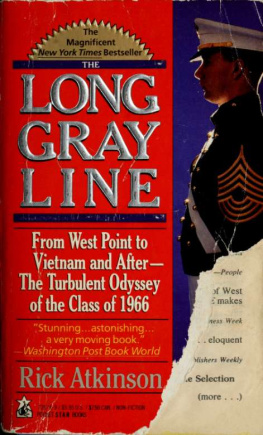
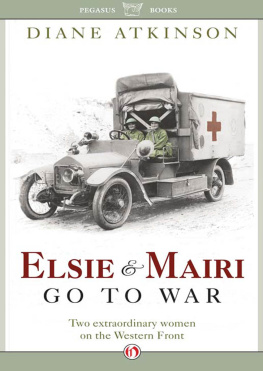


![Atkinson - An army at dawn: [the war in North Africa, 1942-1943]](/uploads/posts/book/178818/thumbs/atkinson-an-army-at-dawn-the-war-in-north.jpg)
